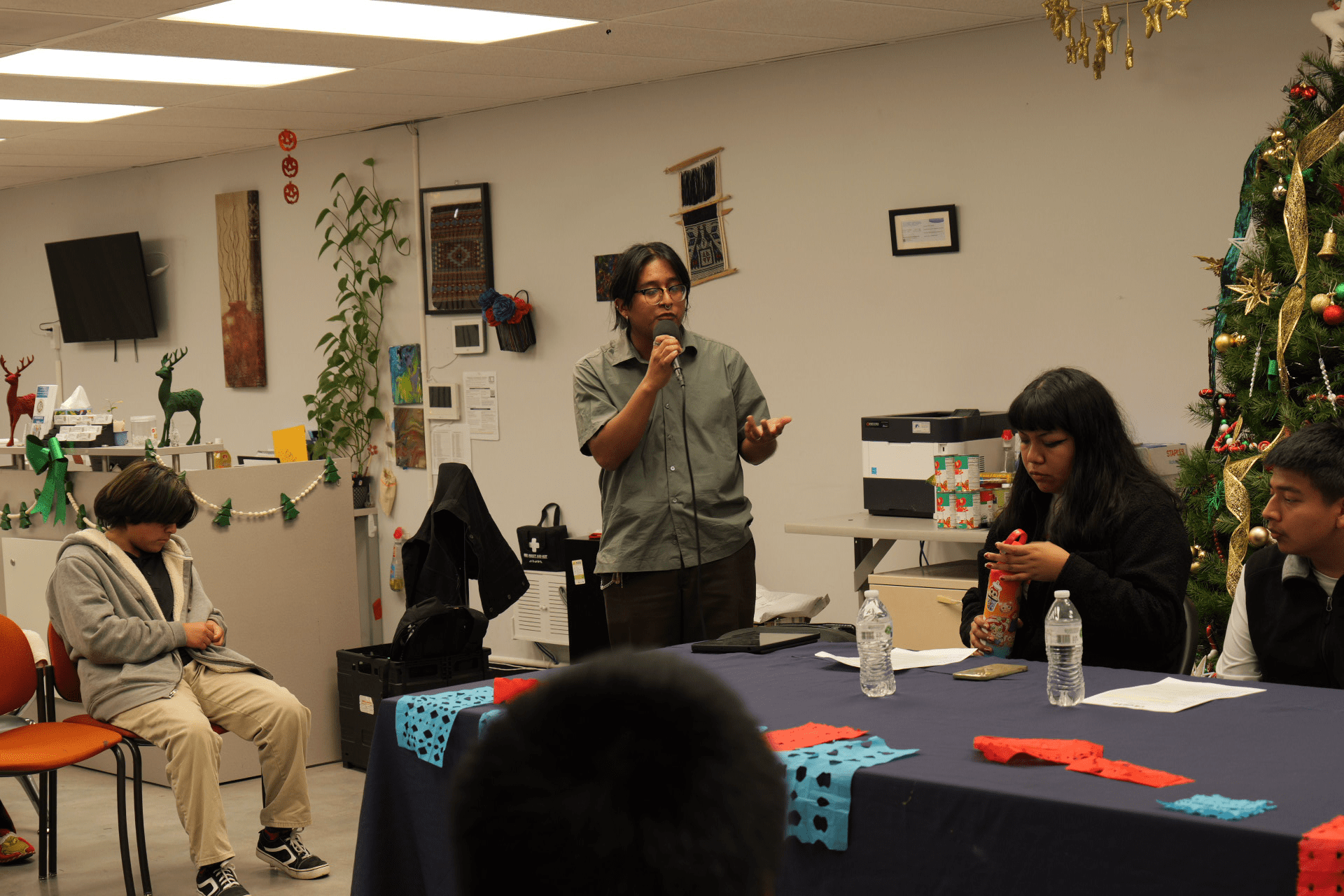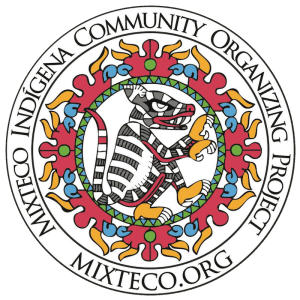How the Tequio Program is Breaking Barriers and Creating Pathways in Higher Education for Indigenous Youth

By Miguel Hernandez
(Escucha el Audio en Español y Mixteco (Variante Guadalupe Nundaca), 8 minutos)
The lack of representation of Indigenous students in higher education has been and continues to be one of the most important battles for Indigenous communities. In 2022, Indigenous students made up only 0.6% of all students in higher education. Due to these inequalities in higher education, the Tequio program, part of the non-profit Mixteco Indigenous Organizing Project (MICOP), organized a student panel, “Breaking Barriers and Creating Paths,” to create more visibility for students of color in higher education. The panel focused on fighting against historical efforts to exclude these communities from academic spaces.
About 25 students, parents, and community members gathered in Oxnard and Santa Maria for this panel to learn more about the experiences and academic trajectories of other students. The panelists consisted of María López, Miguel Gómez, and Ilien Tolteca, who attended CSU Monterey Bay, CSU Channel Islands, and Cal Lutheran. The organizers of this event brought together these panelists with the hopes of sharing the different paths a student can take after high school. Throughout the panel, the importance of pursuing a career students are passionate about, regardless of social or cultural norms, was emphasized.
A student leader from Tequio, Santiago Ramírez, mentioned that he felt very inspired to go to college because of the event and gave thanks for all the resources that were offered. Another student leader from Tequio, Graciela Velasco, expressed that she felt intimidated to go to college at first, but the event gave her knowledge of the different resources she can access, and she felt inspired by seeing people from her own culture go far on their academic journey.
An organizer of the event, Josué Vásquez, Coordinator of Tequio, had a few words about the event and the theme of indigenous students in higher education and said: “It is a very important topic for students to be able to raise awareness about the different resources that are provided, from colleges and also from here from the Tequio program. Through this panel, what we want to achieve is that young people can see themselves reflected in our panelists and see themselves studying in a higher institution. Many times, our students experience that feeling of not being able to go to school or university for different reasons, whether due to lack of representation or economic status.”
These efforts to create representation and visibility amongst Indigenous students in higher education are a way to empower Indigenous students who often face a tripartite of obstacles such as economic status, cultural repression, and social obstacles. The social battle for indigenous students to attend a higher education institution and avoid being pushed into school-to-prison pipelines is a constant one.
“It is very important that our young people see themselves represented not only in people close to them but also in the [higher education] community so that they think that anything is possible,” commented Ilien Tolteca, Tequio Coordinator.
